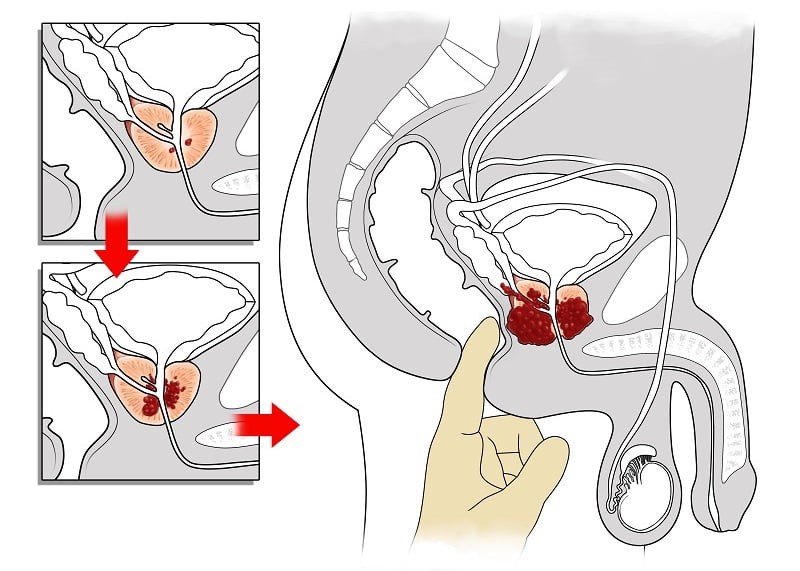Origin of Coronaviruses
- Updated on: Apr 28, 2020
- 2 min Read
- Published on Apr 28, 2020

Coronaviruses are a large group of viruses responsible for causing illnesses that may range from common cold to more severe conditions such as novel coronavirus disease (COVID19).
The novel coronavirus is a new strain of viruses identified in humans. It gets transmitted among animals and people.
What is the Possible Origin of Coronavirus?
On the basis of sequencing analysis on coronavirus genome, its origin most likely could follow one of the following possible scenarios.
· The first scenario could be when virus evolved to its current pathogenic state through natural selection in a non-human host (like bats) and then jumped to humans. This is how previous coronavirus outbreaks have appeared, with humans contracting the virus after direct exposure to civets severe acute respiratory syndrome (SARS) and camels (MERS).
The researchers proposed bats as the most likely reservoir for SARS-CoV-2 as it is very similar to a bat coronavirus. There are no more reported cases of direct bat-human transmission, however, suggesting that an intermediate host was likely involved between bats and humans.
· In the second scenario, both of the distinct features of coronavirus spike protein — the RBD portion that attach to cells and the cleavage site that opens the virus up — would have evolved to their current state before entering humans. In this case, the coronavirus disease would likely have emerged rapidly as soon as humans were infected, as the virus would have already evolved the features that make it pathogenic and able to spread between humans.
· In the other scenario, a non-pathogenic version of the virus transits from an animal host into humans and then emerged to its current pathogenic state within the human population. Some coronaviruses from pangolins, armadillo-like mammals found in Africa and Asia, have an RBD structure very similar to that of SARS-CoV-2. A coronavirus from a pangolin may probably have been transmitted to a human, either directly or through an intermediary host such as ferrets or civets.
The other distinct spike protein of coronavirus genome, the cleavage site, could have then evolved within a human host, possibly via limited undetected circulation in the human population prior to the beginning of the epidemic.
Researchers found that the coronavirus genome cleavage site, appears similar to the cleavage sites of strains of bird flu that have been shown to transmit easily between people.
Novel coronavirus 2019 (COVID-19) could have evolved such a virulent cleavage site in human cells and soon kicked off the current epidemic, as the coronavirus would possibly have become far more capable of spreading between people.
Since coronavirus is new to us, it is essential to identify the path of its spread and entry into the territory of our country and its mutations. The genomic information will help develop vaccines and antiviral drugs to treat the coronavirus.
You may want to read these articles as well:











